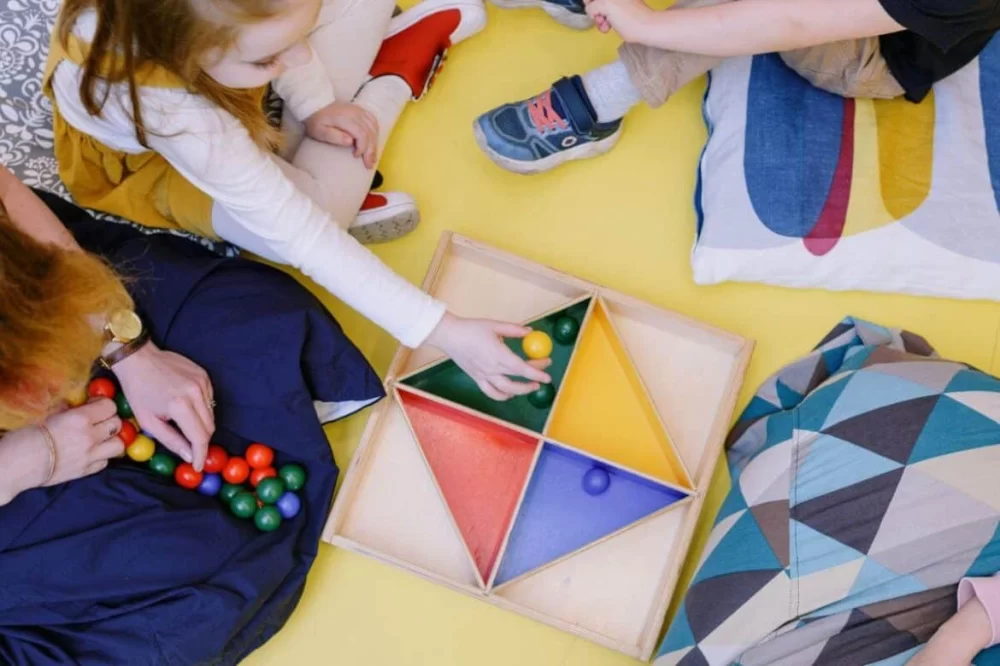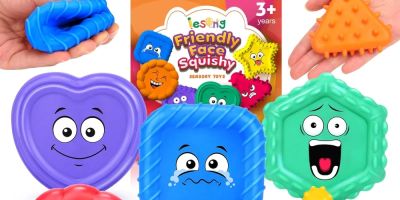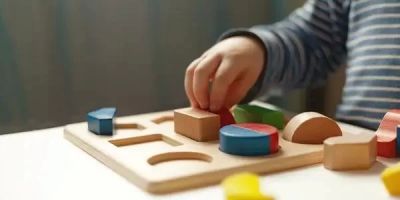
- 1-Importance-of-Color-Learning
- 2-Characteristics-of-Fun-Interactive-Toys
- 3-Effective-Toys-for-Teaching-Colors
- 4-Engaging-Activities-to-Complement-Toys
- 5-Real-Life-Stories-on-Color-Learning
- 6-Finding-the-Right-Toys-at-Knight-Toys
1. The Importance of Teaching Kids About Colors Early
Colors are among the first visual concepts children begin to recognize, playing a crucial role in early childhood development. Learning about colors enhances cognitive skills, memory, language development, and even emotional expression. Fun interactive toys to teach kids about colors provide an enjoyable and effective way to introduce these concepts in a way that keeps children engaged and curious.
Beyond basic recognition, understanding colors helps children navigate their environment, develop creativity, and build foundational skills necessary for reading and math. Integrating playful learning through toys can transform the experience from a routine lesson to an exciting discovery.
1.1 How Color Recognition Influences Development
Research shows that children who engage with color-learning activities early tend to develop stronger problem-solving skills and better visual discrimination. Recognizing colors also supports language acquisition as kids learn to associate words with objects and hues.
2. Characteristics That Make Toys Fun and Interactive for Color Learning
Choosing the right toys is essential for maximizing learning impact. Fun interactive toys that teach colors often share several key qualities:
2.1 Multisensory Engagement
Toys that combine visual, tactile, and auditory elements help reinforce color concepts. For example, a toy that lights up or plays sounds when a color is correctly identified encourages active participation.
2.2 Age-Appropriate Complexity
Interactive toys should match a child’s developmental stage, offering increasing challenges as skills improve. This progression keeps children motivated and prevents frustration.
2.3 Encouragement of Exploration
Good educational toys invite experimentation and creativity rather than rote memorization. Features like sorting, stacking, or matching based on color can inspire curiosity and discovery.
3. Examples of Effective Fun Interactive Toys to Teach Kids About Colors
Several toy types have proven especially effective in teaching color recognition through interactive play.
3.1 Color Sorting and Stacking Toys
These toys encourage children to identify and group objects by color, developing fine motor skills and visual differentiation. For example, stacking rings or blocks that require sorting by color are classics for a reason.
3.2 Electronic Learning Toys
Devices that speak colors aloud, respond to touch, or light up when the correct color is selected make learning dynamic and memorable. These toys often include games and songs to reinforce color names and concepts.
3.3 Creative Art Kits
Crayons, markers, and paint sets designed for young children combine color recognition with creative expression. Interactive kits that teach color mixing or encourage children to create colorful patterns promote deeper understanding.
4. Complementary Activities to Enhance Color Learning
To deepen understanding, pairing toys with interactive activities can be very effective.
4.1 Color Scavenger Hunts
Encouraging kids to find objects of specific colors around the house or outdoors combines physical activity with learning, keeping children engaged while reinforcing color names.
4.2 Storytelling with Color Themes
Using stories or picture books centered on colors can help children make connections between colors and emotions or objects in their lives.
4.3 Collaborative Play
Group activities with color games promote social skills while reinforcing learning. For example, color-based board games or team challenges foster communication and cooperation.
5. Real-Life Stories Showcasing Success with Interactive Color Toys
One memorable story is about Mia, a shy toddler who struggled with verbalizing colors. After introducing her to interactive color toys that combined sound and light, Mia’s confidence soared as she began naming colors enthusiastically. Her parents noticed improvements not only in language skills but also in her eagerness to explore other learning areas.
Another example comes from an early childhood educator who observed that children using multisensory color toys demonstrated faster recognition and better retention compared to traditional flashcards. This reinforces the value of fun interactive toys to teach kids about colors effectively.
6. How to Find the Best Fun Interactive Toys at Knight Toys
Finding high-quality, educational toys tailored to your child’s needs can be overwhelming. Knight Toys offers a carefully curated selection of fun interactive toys to teach kids about colors, combining safety, durability, and developmental benefits.
Their experts provide personalized recommendations based on age, interests, and learning goals. Whether you seek electronic learning devices, classic sorting sets, or creative kits, Knight Toys ensures you find the perfect options to make color learning joyful and impactful.
Investing in the right toys from Knight Toys can set your child on a path of enthusiastic learning, sparking creativity and building foundational skills that last a lifetime.





